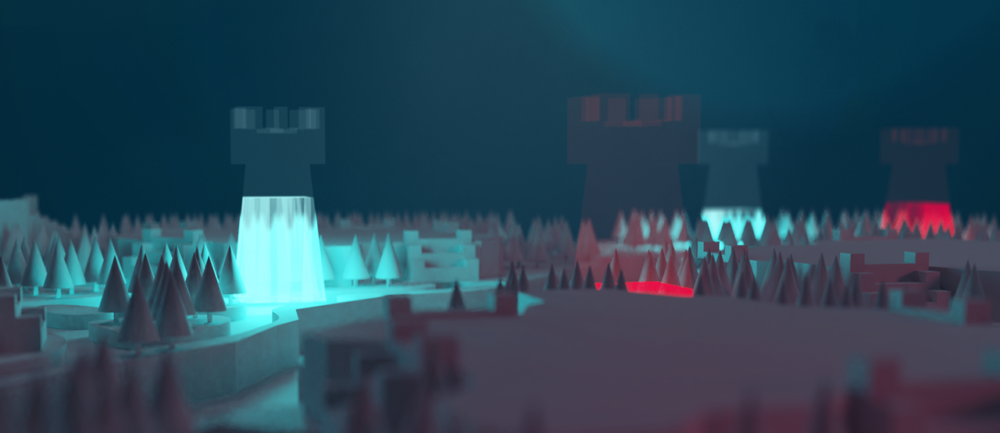DK SDU & UCL “XR in Health Education”
The teaching module took place in February 2024 at the University of Southern Denmark (SDU) as a collaboration between SDU and University College Lillebælt (UCL), faculty for health educational programs. 36 students, 4th semester, participated in this 4-hour workshop.
The purpose was to offer the engeneering students from SDU insight into the use of emerging technologies in the health sector.
Teaching Design
Content, activities
1) Professor Mads Thorup Langelund from UCL presented various XR applications used in nursing education. He demonstrated specific practices virtually, such as inserting a nutritional tube or venflon.
2) Following this, the students tested 4 different applications. Some of these applications combined VR with Padlet, making it easier to share XR experiences within the specific apps.
3) Additionally, the students were required to analyze and provide recommendations for XR concepts prepared by approx. 20 health students. They used a predefined template from UCL to focus their feedback. This exercise aimed to inspire the SDU semester projects and to demonstrate that the students already possessed specialized engineering skills in their 4th semester.
Learning objectives & learning products
a) The students were to explore the application of Extended Reality (XR) in health education. Extended Reality encompasses both Virtual Reality (VR) and Augmented Reality (AR).
b) The students were expected to gain an understanding of how AR and VR can be utilized in the health sector, particularly in the context of educational training.
c) The workshop was intended to inspire students in selecting a case for their semester project.
In addition, the students were supposed to peer assess XR-products.
Pedagogical methods: The students worked in groups to encourage discussion and reflection.
Evaluations
Professor Gunver Majgaard from SDU concluded that the module had been enlightening for the students, revealing the extensive use of XR in health education. Key areas included procedural training and 3-dimensional visualization.
The SDU students filled in an online survey. In addition, a personal interview was undertaken as a joint webmeeting with 3 SDU students (2 men, 1 woman, 22-25 years old). The students responded to the following questions: “What was new or surprising for you? How did you experience the contributions from the health sector? Will you follow up somehow?
Extracts are published here.
XR is also utilized in our anatomy teaching to provide a detailed 3-dimensional understanding.
Mads Thorup Langelund, UCL
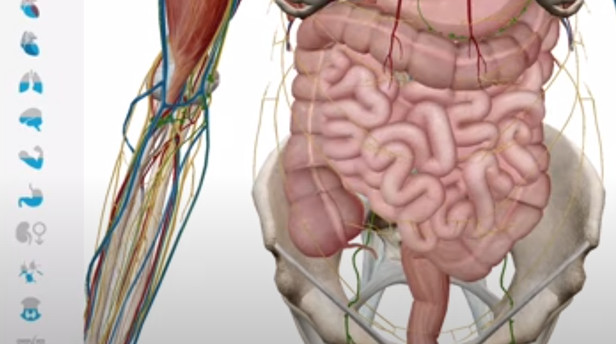
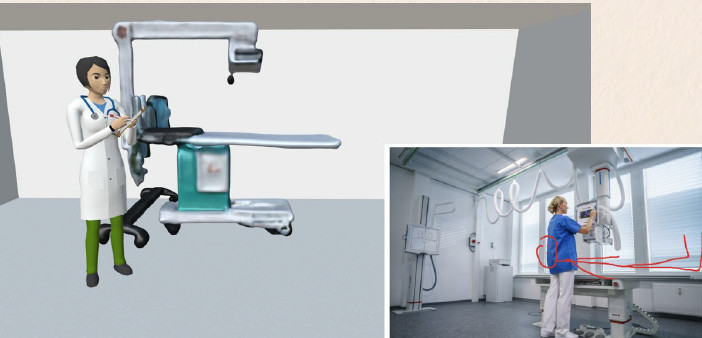
VR-assisted training of health professionals (app: Medicinhjælperen)
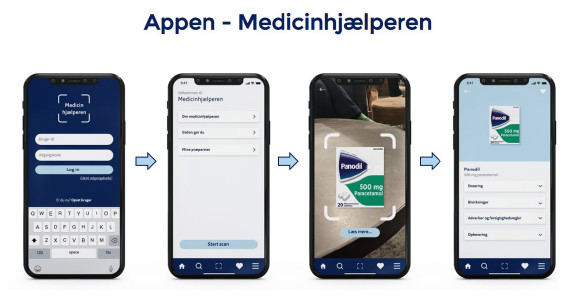
I think it is a good idea to use VR to assist teaching, as it helps with exercises and creates more accountability.
Student, 4th semester, SDU
Digital Production
During this module, digital content was not created. However, the students related actively to 3-dimensional visualization as the given technology and the production of content for VR.
Some students saw possibilities to transfer the new knowledge to other fields, such as the gaming industry. At the same time, it was stated that “VR is still difficult to work with because it is a new technology”.
Jeg er påklædt til at tage disse elementer i brug inden for spilindustrien.
Student, 4th semester, SDU
Digital Literacy
Digital literacy was not addressed explicitly during this module. However, the students experienced VR as a technology for qualifying processes in the society-relevant health sector. Apart from UN Sustainable Development Goal #3 (Good health and well-being), the students also mentioned aspects from other SDG goals as relevant for the given context.
The health-related use of VR was a first-time experience for many of the students, and by relating to this topic during their own studies, it became individually relevant for them, too.
In addition, the module seems having stimulated the students´ critical thinking, too. Thus, concerns came up regarding a potential dominans of the virtual world over a real world without sufficient ressources.

SDG goal #3: “Ensure healthy lives and promote well-being for all at all ages”



Environment
The students gained insight into health education and the healthcare field in broader sense, as well as how XR technology is utilized in this sector. Thus, the students´ career learning was triggered, and some students had got opened their eyes for a job with technologies in the health sector (“Sundhedsvæsenet”).
There was a clear theme-oriented and student-involving interaction in the education chain between the health faculty at the university college and engeneering studies at the university. Not only did the SDU students benefit directly from the module, but also the UCL students, who recieved peer feedback from the engineering students.
The added value for the health sector became clear, as XR can offer a “safe space” for training of health professionals, independent from vulnerable patients or narrow time slots. New ideas from the students pointed at using XR for access to hidden technical processes in industry, for introduction to vocational education and training, and for learning from XR in the architecture and design sector.

Procedure training with steps in laying a nutritional tube – VR-trainer (2024)
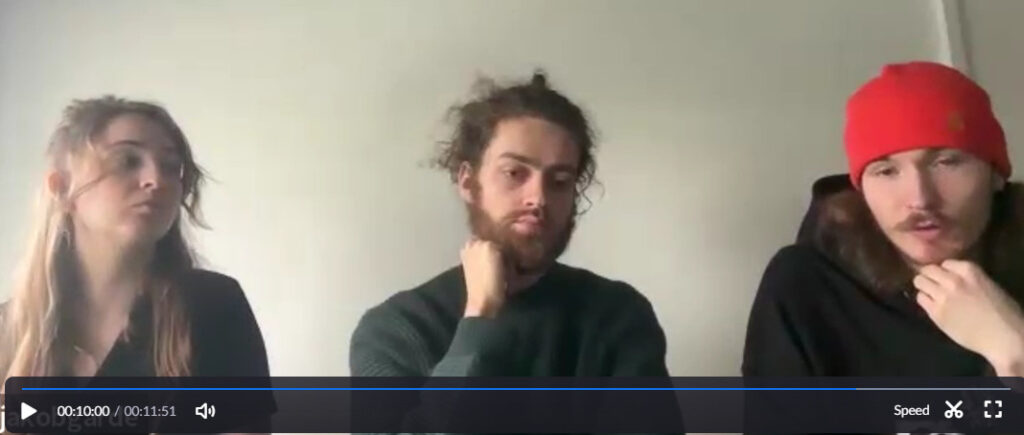
One of the students interviewed worked on creating virtual content for 7th-grade pupils in the subjects of physics, chemistry, and math.

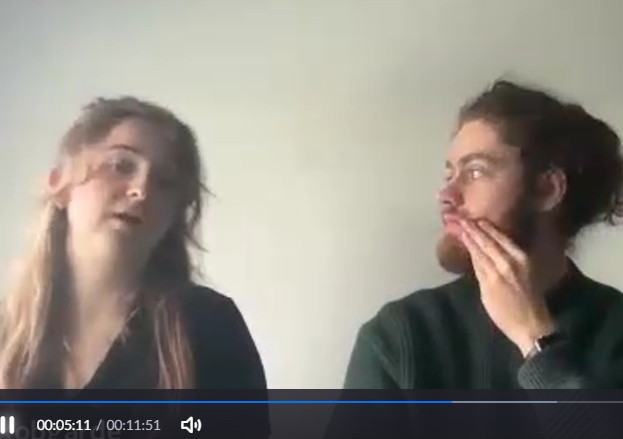

MYRE DK-DE has received financial support from PKP | Interreg Deutschland – Danmark.
In addition to the 35% co-financing, the three project partners have contributed significant own resources and engaged a wide range of network partners.


